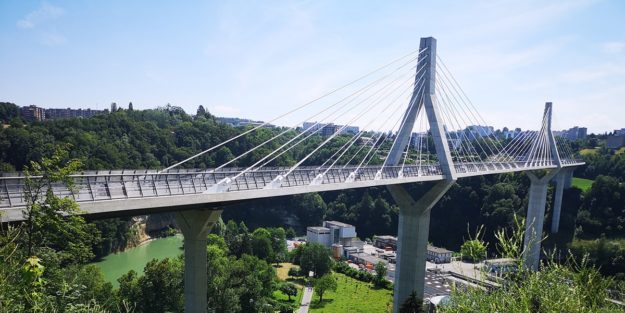Analysis and benchmarking of treatment solutions for roof runoff water
This research project focuses on the elimination of pollutants from roof runoff before it reaches bodies of water. These pollutants comes from a variety of sources: atmospheric pollutants like particles, colloids, microorganisms, heavy metals, and organic contaminants. For instance, roof runoff waters reportedly were responsible for up to 80% of the cadmium, zinc, lead, and copper pollution in the wet weather flows in Paris. Swiss legislation lists the pollutants that treatment solutions must eliminate from roof runoff water.
Several in situ treatment solutions already exist. However, given the lack of space in urban areas, the necessary installations should be compact and, if possible, do more than eliminate pollutants (e.g retention and biodiversity support). They tend to use different tried and tested filtration media, such as soil, sand and hydroxides.
As regards the treatment of road runoff water, composted biochar has generated promising results during tests. Previous studies have shown that activated biochars, produced from various sources of waste wood-based biomass, are effective at eliminating pollutants in different types of water, and with very short contact times.
The objectives of this study therefore are as follows:
i) collect information on low-cost technical treatment solutions for runoff water which can be easily implemented in the building's vicinity;
ii) compare advantages, disadvantages and costs of these solutions, and establish benchmarks for alternative solutions based on the results;
iii) propose science-based recommendations on wood waste biochar-based systems which offer a treatment solution with low footprint and support the circular economy.
